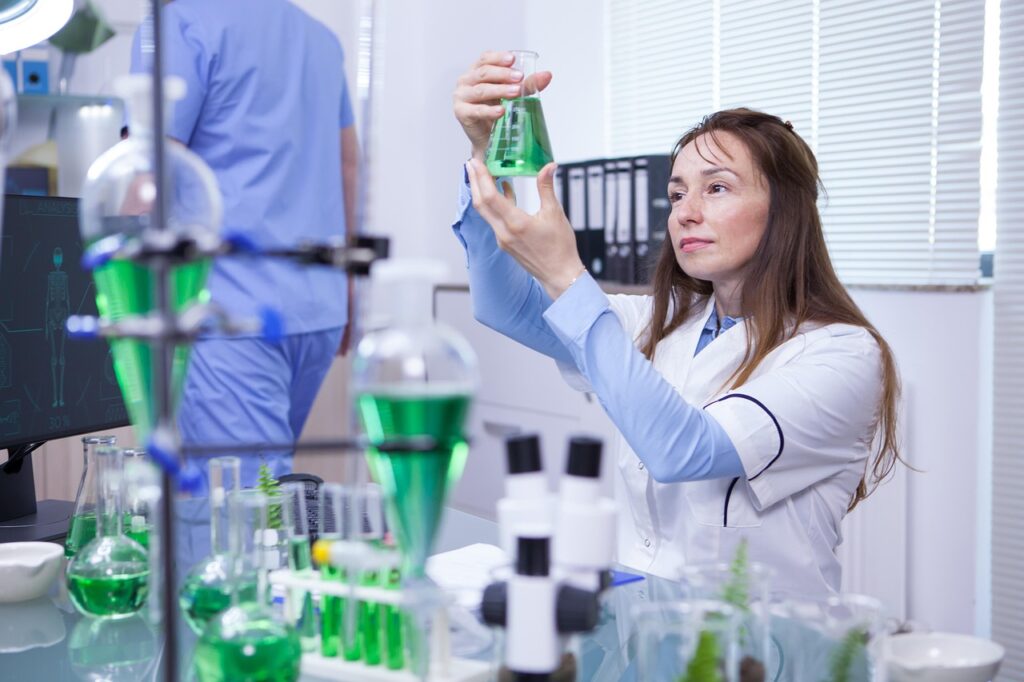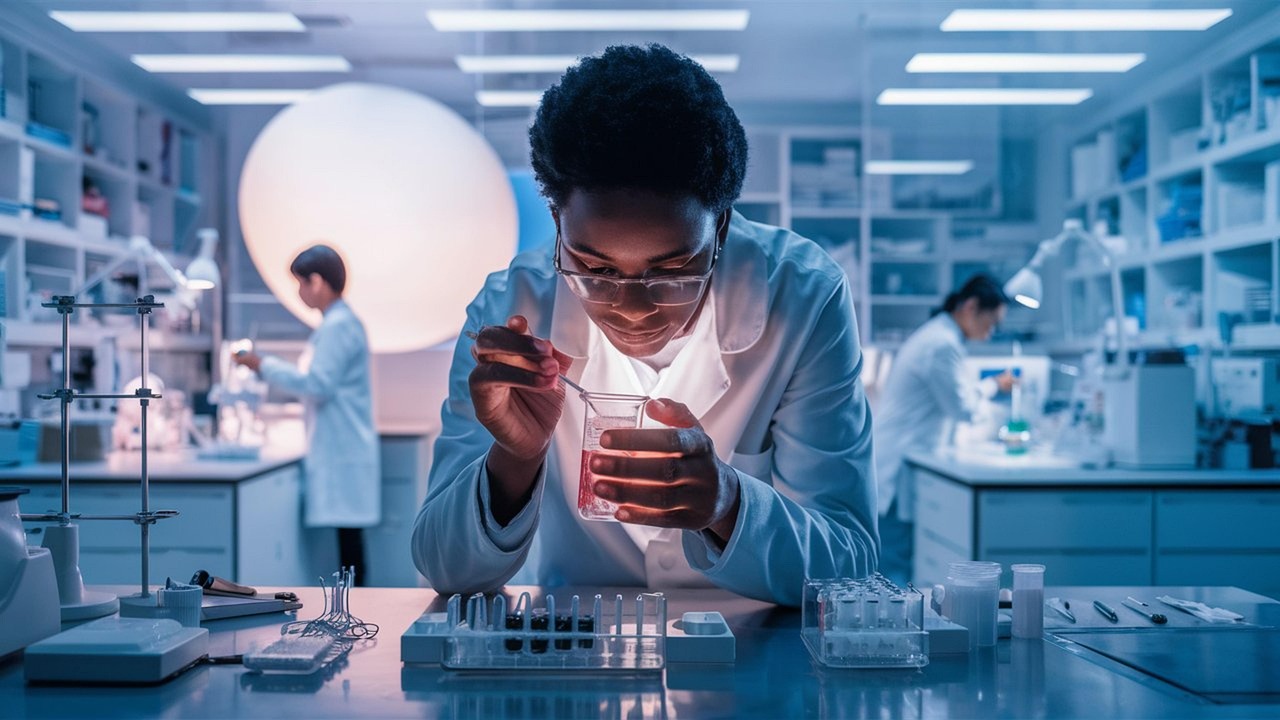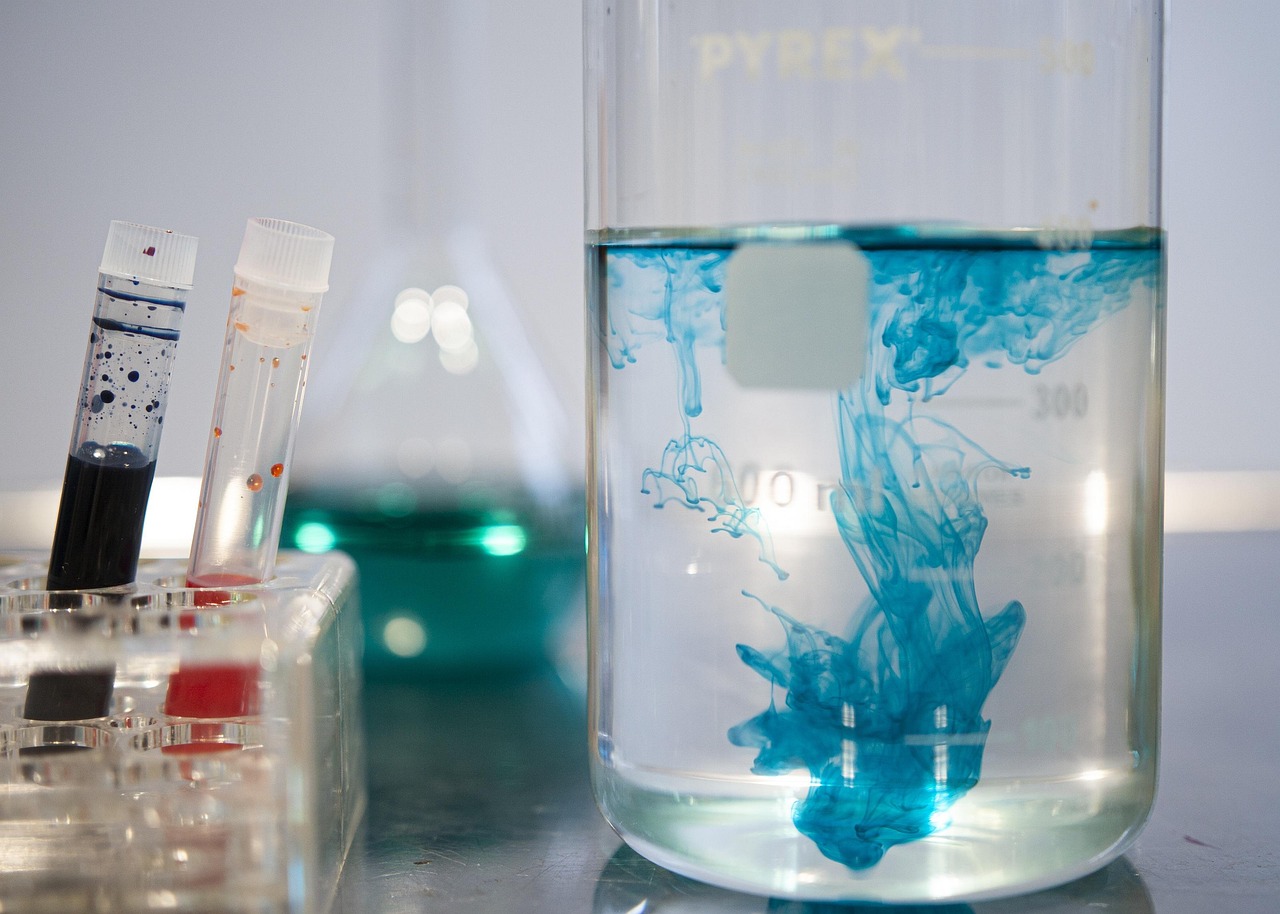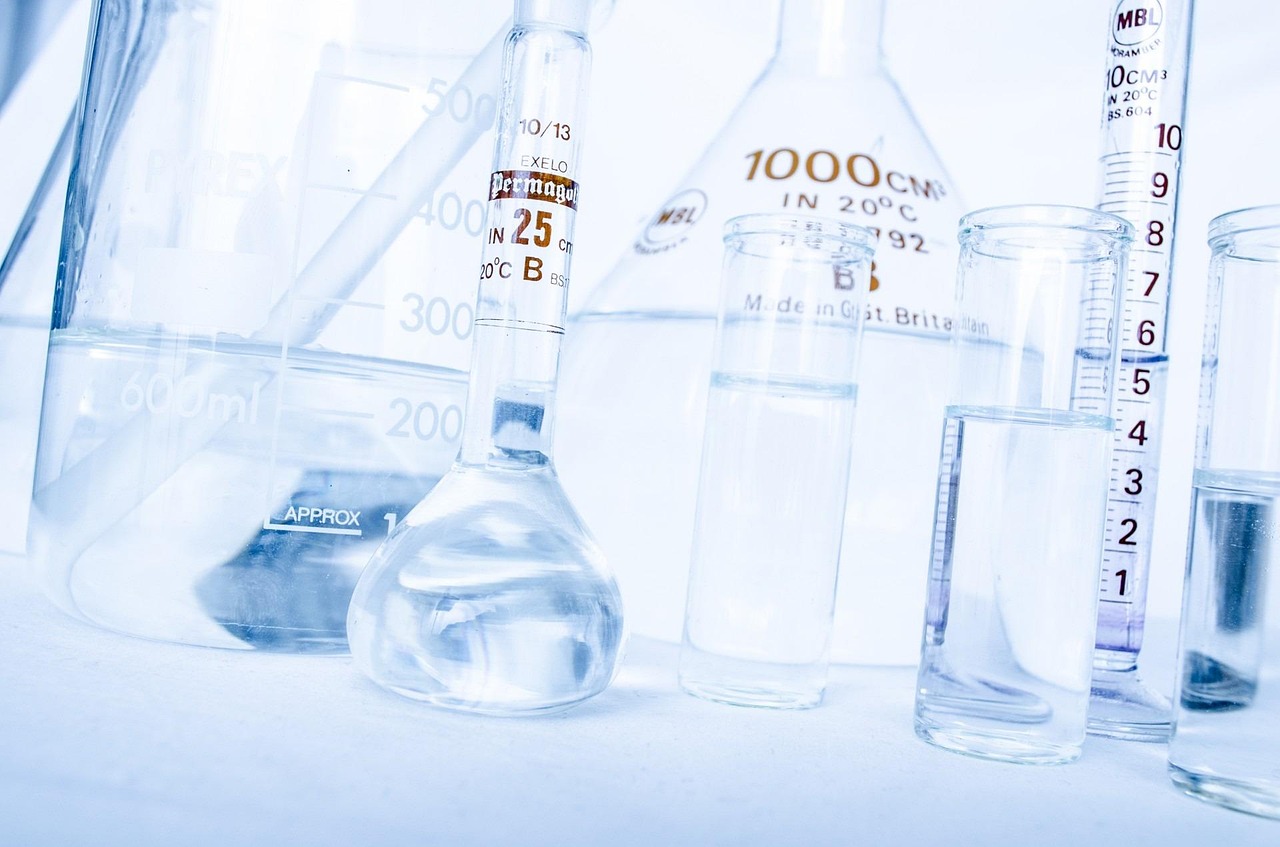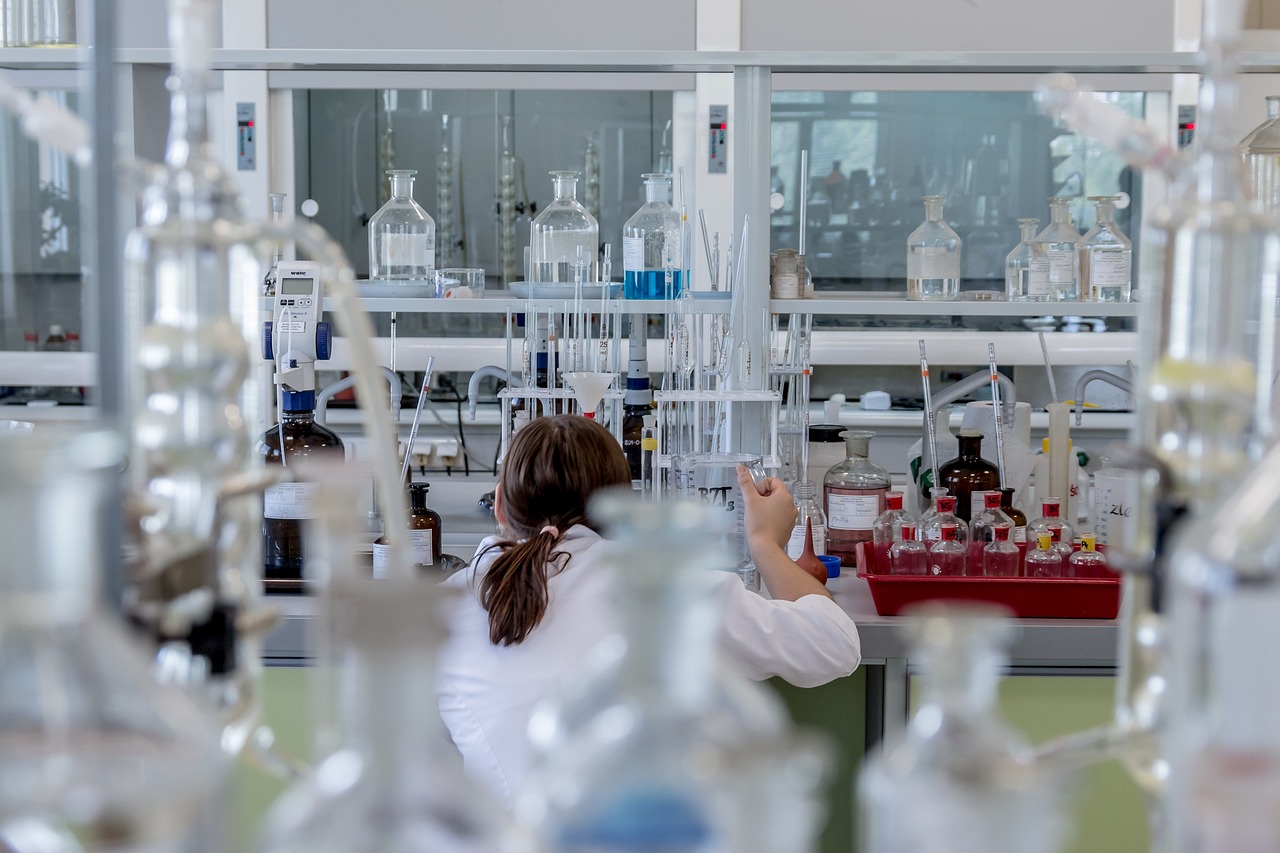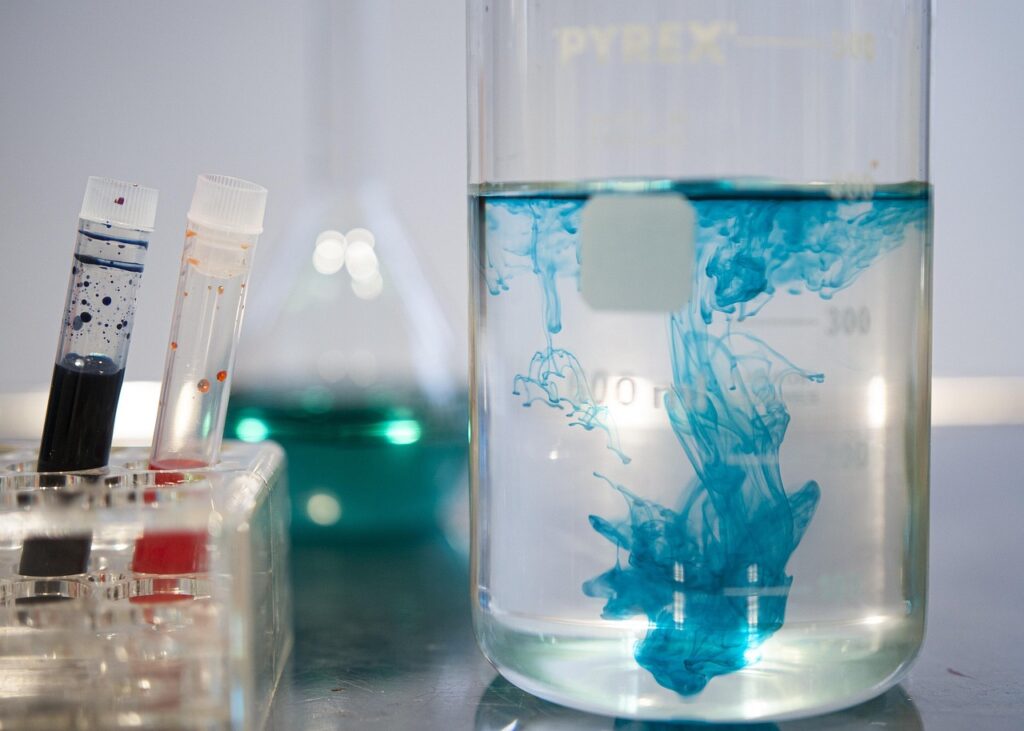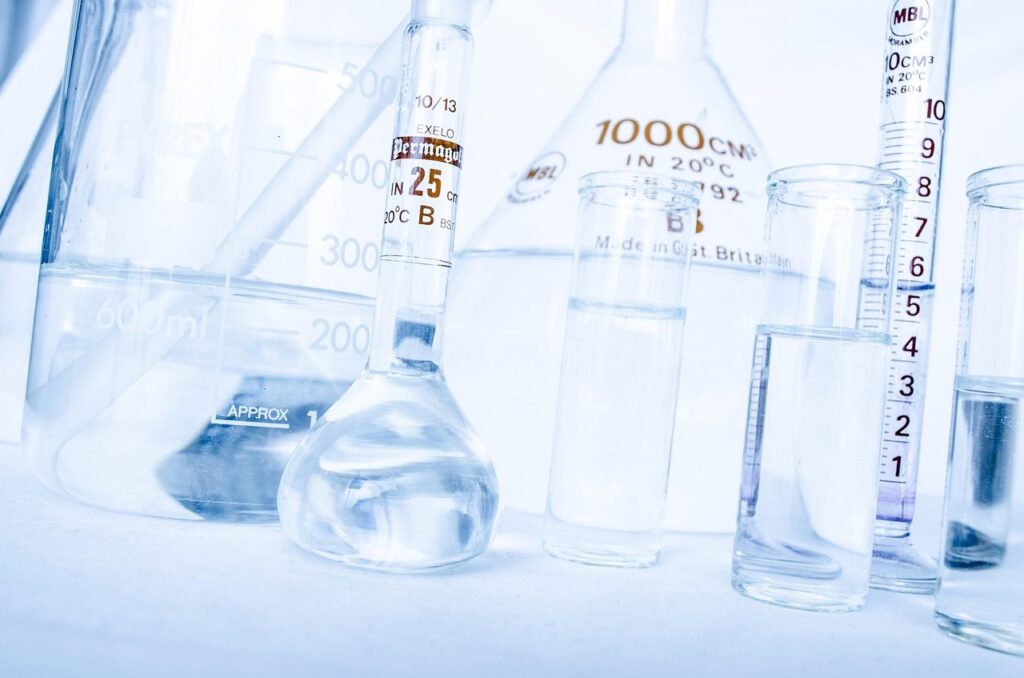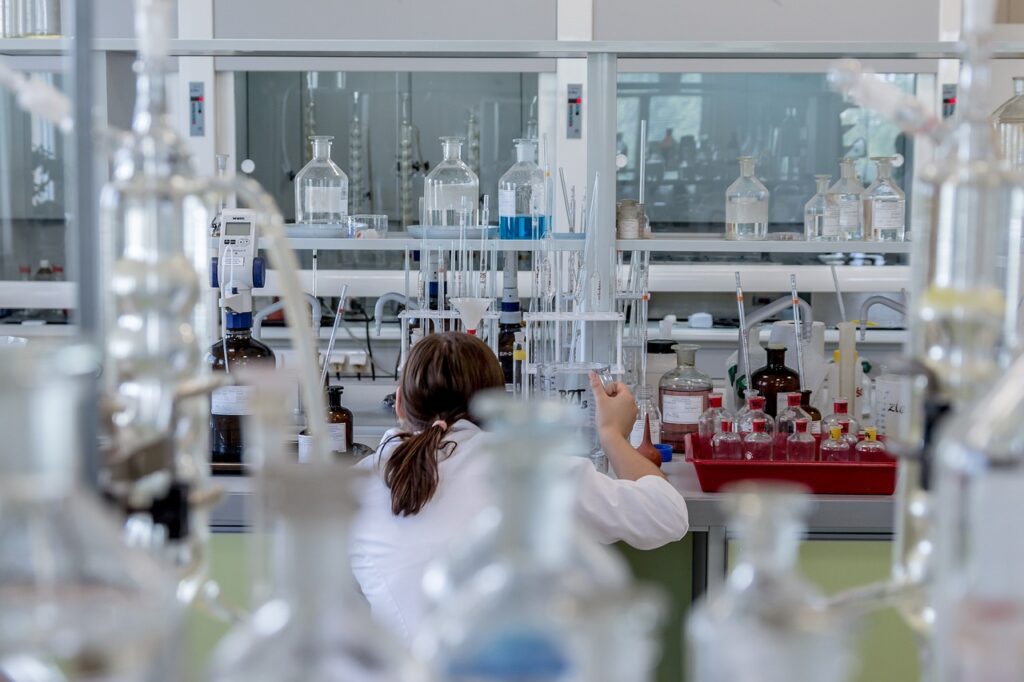Globally, businesses, consumers, and regulatory bodies are very concerned about food safety. Ensuring food safety and quality has become essential due to the rise in foodborne illness cases and contamination. A Food Safety Testing Center is essential in this situation. To make sure that food products fulfill safety requirements, are free of pollutants, and adhere to legal requirements, these specialist labs carry out stringent testing.
This blog will discuss the definition of a food safety testing center, its primary duties, and the reasons it is crucial to both the food industry and public health.
What is a Food Safety Testing Center?
A food safety testing center is a facility with cutting-edge equipment for examining food items for pollutants, diseases, poisons, and other dangerous materials. Before food products are distributed to customers, these facilities carry out several tests to assess their safety, nutritional value, and quality.
To make sure they adhere to regulatory standards established by the Food Safety and Standards Authority of India (FSSAI), the U.S. Food and Drug Administration (FDA), and other international organizations, food safety testing centers carried out on raw materials, processed foods, beverages, and even food packaging materials.
Key Functions of a Food Safety Testing Center
1. Detection of Contaminants The Food safety testing center detects contaminants that can be harmful to human health, including pesticides, heavy metals (lead, mercury, arsenic), bacteria (E. coli, Salmonella, Listeria), and toxins.
2. Nutritional Analysis These laboratories verify the nutritional composition of food products, ensuring that the information provided on packaging labels is accurate. This includes analyzing macronutrients (proteins, carbohydrates, and fats) and micronutrients (vitamins and minerals).
3. Microbiological Testing Food testing labs check for harmful microorganisms that can cause foodborne illnesses. This ensures that food products are safe for consumption and meet hygiene standards.
4. Shelf-Life Testing Testing centers determine the shelf life of food products by evaluating their stability, freshness, and potential spoilage over time.
5. Chemical Testing This involves checking for harmful chemicals, preservatives, artificial additives, and food adulterants that could affect consumer health.
6. Compliance with Regulatory Standards Food testing centers help businesses comply with local and international food safety regulations, avoiding legal issues and ensuring consumer trust.
Importance of a Food Safety Testing Center
1. Protecting Public Health
Food poisoning, allergies, and chronic illnesses are just a few of the major health problems that can result from eating contaminated or hazardous food. To make sure that only safe food reaches consumers, food testing facilities are essential in locating and getting rid of dangerous materials.
2. Ensuring Quality and Freshness
Consumers expect high-quality, fresh food products. Food testing centers assess the purity, taste, texture, and overall quality of food items to maintain high industry standards.
3. Regulatory Compliance
Food businesses must follow strict food safety laws. In order to avoid fines and product recalls, a food safety testing facility assists businesses in adhering to regulations established by regulatory bodies such as the FDA, FSSAI, and the European Food Safety Authority (EFSA).
4. Preventing Food Fraud
Concerns over food fraud and adulteration are escalating. Testing facilities protect consumers and businesses by assisting in the detection of fraudulent activities such as ingredient substitution, mislabeling, and the inclusion of prohibited drugs.
5. Enhancing Consumer Confidence
Consumers are becoming more conscious of food safety and quality. Regular testing ensures transparency and builds trust, encouraging consumers to make informed choices.
6. Supporting the Food Industry
From farmers to manufacturers and retailers, every segment of the food industry benefits from food safety testing. It helps improve food production processes, reduce waste, and enhance overall supply chain management.
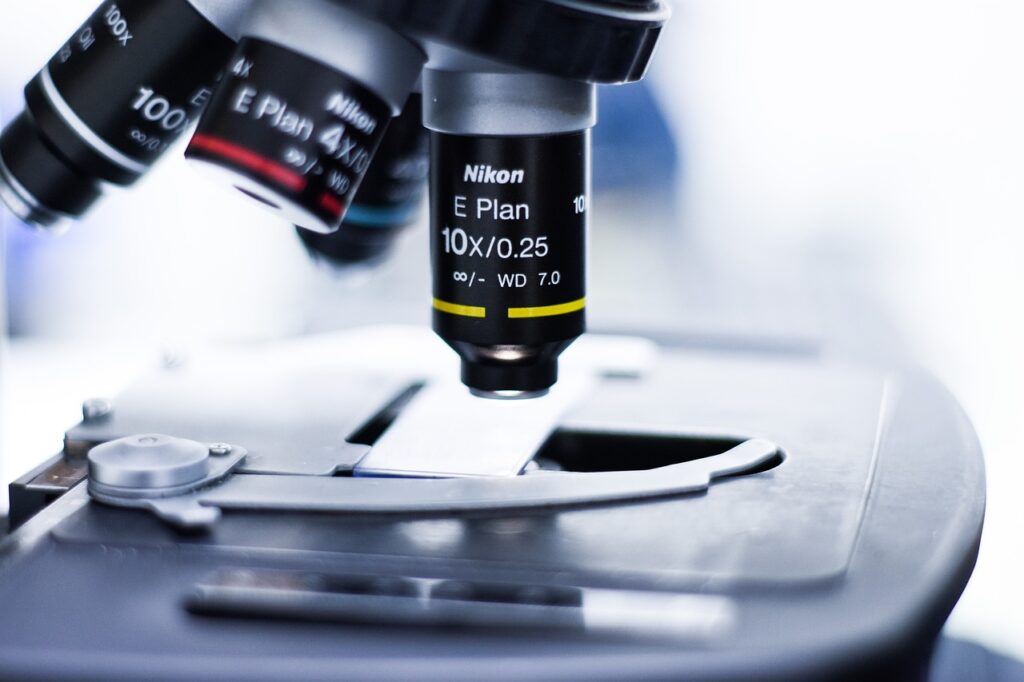
Technologies Used in Food Safety Testing Centers
Food safety testing centers use cutting-edge technologies to analyze food samples accurately. Some of the most common methods include:
- Chromatography (HPLC, GC-MS) – Used to detect pesticide residues, toxins, and chemical contaminants.
- Polymerase Chain Reaction (PCR) Testing – Identifies the presence of harmful bacteria and viruses.
- Mass Spectrometry – Analyzes food composition and detects contaminants at trace levels.
- ELISA (Enzyme-Linked Immunosorbent Assay) – Used for allergen and toxin detection.
- Spectrophotometry – Measures the concentration of nutrients and other food components.
Challenges in Food Safety Testing
Despite its importance, food safety testing faces several challenges, including:
- High Testing Costs – Advanced testing technologies require significant investment, which can be a barrier for small businesses.
- Evolving Contaminants – New and emerging foodborne pathogens require continuous research and adaptation of testing methods.
- Regulatory Variations – Different countries have varying food safety regulations, making compliance a complex process for international food businesses.
- Supply Chain Complexity – Ensuring food safety across global supply chains requires thorough and frequent testing at multiple stages of production and distribution.
Future of Food Safety Testing Centers
The demand for food safety testing is expected to grow with increasing consumer awareness, stricter regulations, and advancements in food technology. Some emerging trends in food safety testing include:
- AI and Machine Learning Integration – Automation and predictive analytics will improve the efficiency and accuracy of testing procedures.
- Blockchain for Food Traceability – Ensuring transparency and accountability in food supply chains.
- Portable and Rapid Testing Kits – On-the-spot food safety assessments for quicker decision-making.
- Sustainable Testing Methods – Eco-friendly testing techniques that minimize waste and environmental impact.
Conclusion
A Food Safety Testing Center is an essential component of the food industry, playing a critical role in protecting public health, ensuring food quality, and maintaining regulatory compliance. With food safety concerns on the rise, the need for advanced and reliable testing has never been more important. Whether you are a food manufacturer, retailer, or consumer, understanding the significance of food testing can help ensure safer food choices for everyone.
Investing in food safety testing is not just a regulatory requirement—it is a commitment to delivering safe and high-quality food to the world.

